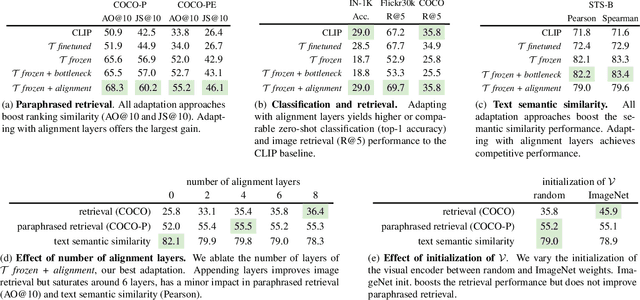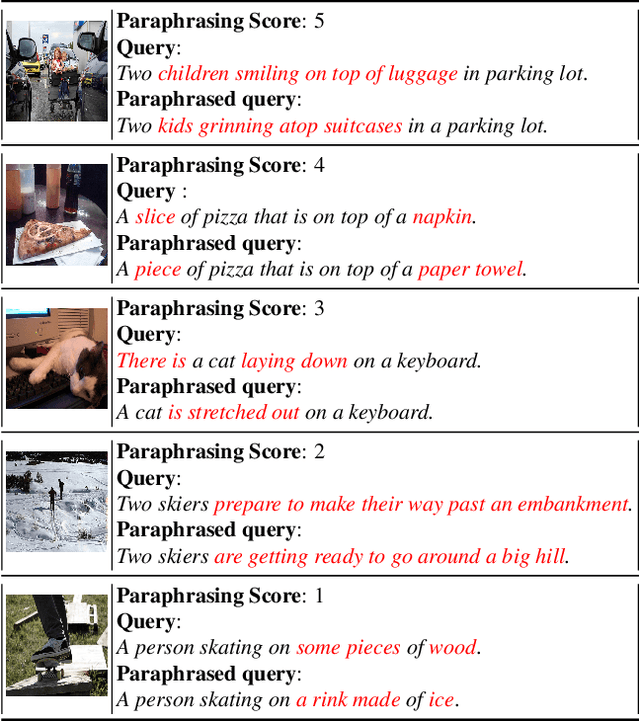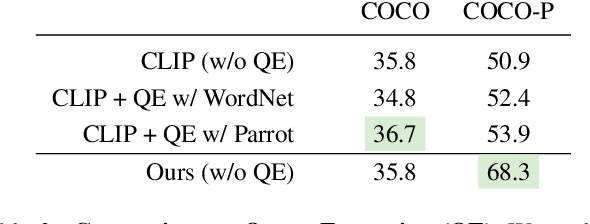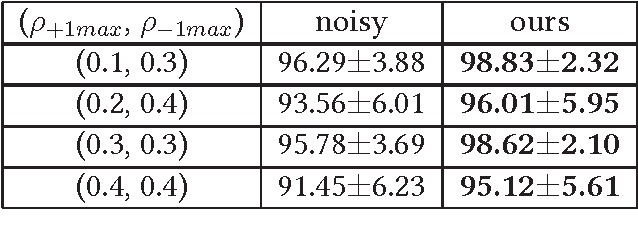Jiacheng Cheng
EgoPrivacy: What Your First-Person Camera Says About You?
Jun 13, 2025Abstract:While the rapid proliferation of wearable cameras has raised significant concerns about egocentric video privacy, prior work has largely overlooked the unique privacy threats posed to the camera wearer. This work investigates the core question: How much privacy information about the camera wearer can be inferred from their first-person view videos? We introduce EgoPrivacy, the first large-scale benchmark for the comprehensive evaluation of privacy risks in egocentric vision. EgoPrivacy covers three types of privacy (demographic, individual, and situational), defining seven tasks that aim to recover private information ranging from fine-grained (e.g., wearer's identity) to coarse-grained (e.g., age group). To further emphasize the privacy threats inherent to egocentric vision, we propose Retrieval-Augmented Attack, a novel attack strategy that leverages ego-to-exo retrieval from an external pool of exocentric videos to boost the effectiveness of demographic privacy attacks. An extensive comparison of the different attacks possible under all threat models is presented, showing that private information of the wearer is highly susceptible to leakage. For instance, our findings indicate that foundation models can effectively compromise wearer privacy even in zero-shot settings by recovering attributes such as identity, scene, gender, and race with 70-80% accuracy. Our code and data are available at https://github.com/williamium3000/ego-privacy.
Adapting Dual-encoder Vision-language Models for Paraphrased Retrieval
May 06, 2024



Abstract:In the recent years, the dual-encoder vision-language models (\eg CLIP) have achieved remarkable text-to-image retrieval performance. However, we discover that these models usually results in very different retrievals for a pair of paraphrased queries. Such behavior might render the retrieval system less predictable and lead to user frustration. In this work, we consider the task of paraphrased text-to-image retrieval where a model aims to return similar results given a pair of paraphrased queries. To start with, we collect a dataset of paraphrased image descriptions to facilitate quantitative evaluation for this task. We then hypothesize that the undesired behavior of existing dual-encoder model is due to their text towers which are trained on image-sentence pairs and lack the ability to capture the semantic similarity between paraphrased queries. To improve on this, we investigate multiple strategies for training a dual-encoder model starting from a language model pretrained on a large text corpus. Compared to public dual-encoder models such as CLIP and OpenCLIP, the model trained with our best adaptation strategy achieves a significantly higher ranking similarity for paraphrased queries while maintaining similar zero-shot classification and retrieval accuracy.
Learning with Bounded Instance- and Label-dependent Label Noise
Sep 12, 2017



Abstract:Instance- and label-dependent label noise (ILN) is widely existed in real-world datasets but has been rarely studied. In this paper, we focus on a particular case of ILN where the label noise rates, representing the probabilities that the true labels of examples flip into the corrupted labels, have upper bounds. We propose to handle this bounded instance- and label-dependent label noise under two different conditions. First, theoretically, we prove that when the marginal distributions $P(X|Y=+1)$ and $P(X|Y=-1)$ have non-overlapping supports, we can recover every noisy example's true label and perform supervised learning directly on the cleansed examples. Second, for the overlapping situation, we propose a novel approach to learn a well-performing classifier which needs only a few noisy examples to be labeled manually. Experimental results demonstrate that our method works well on both synthetic and real-world datasets.
 Add to Chrome
Add to Chrome Add to Firefox
Add to Firefox Add to Edge
Add to Edge